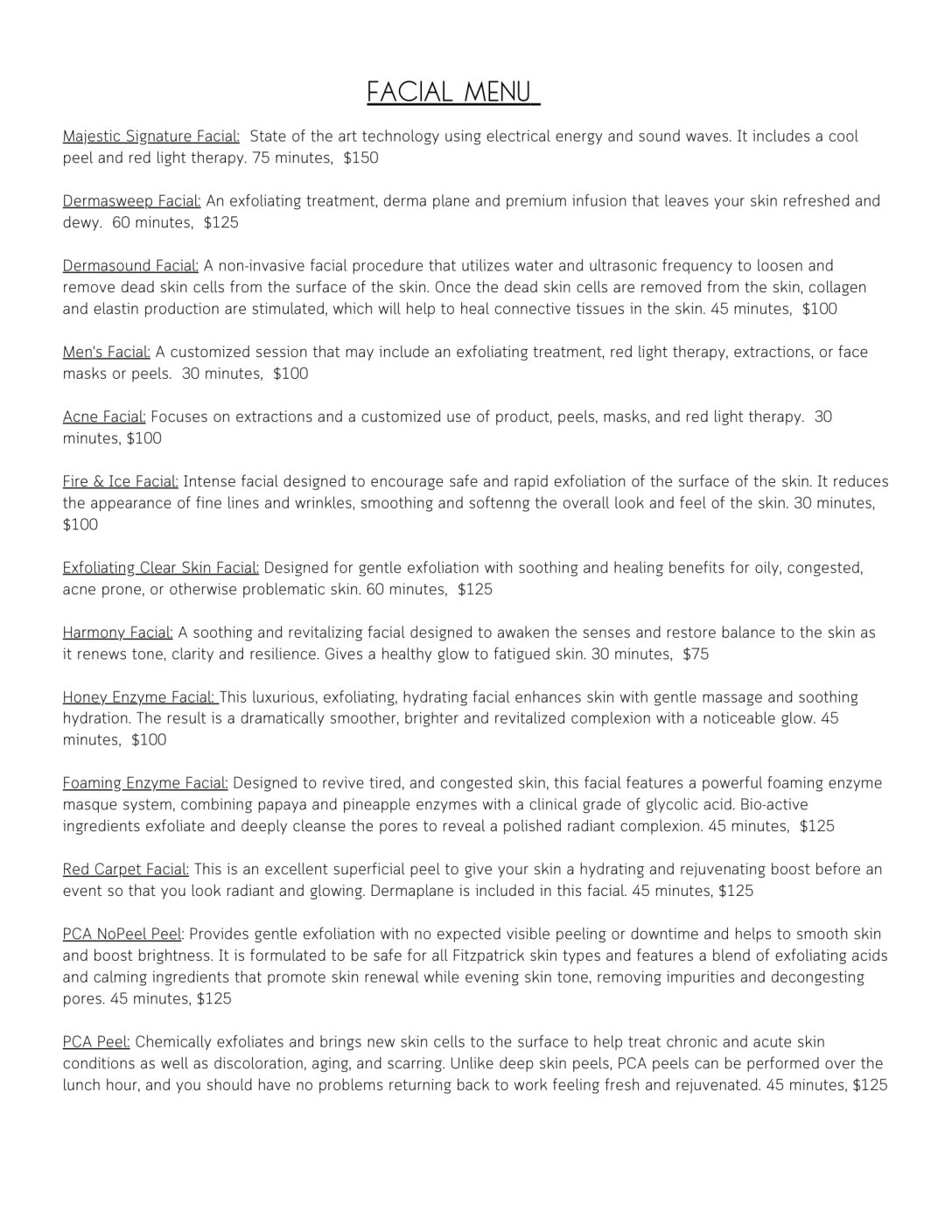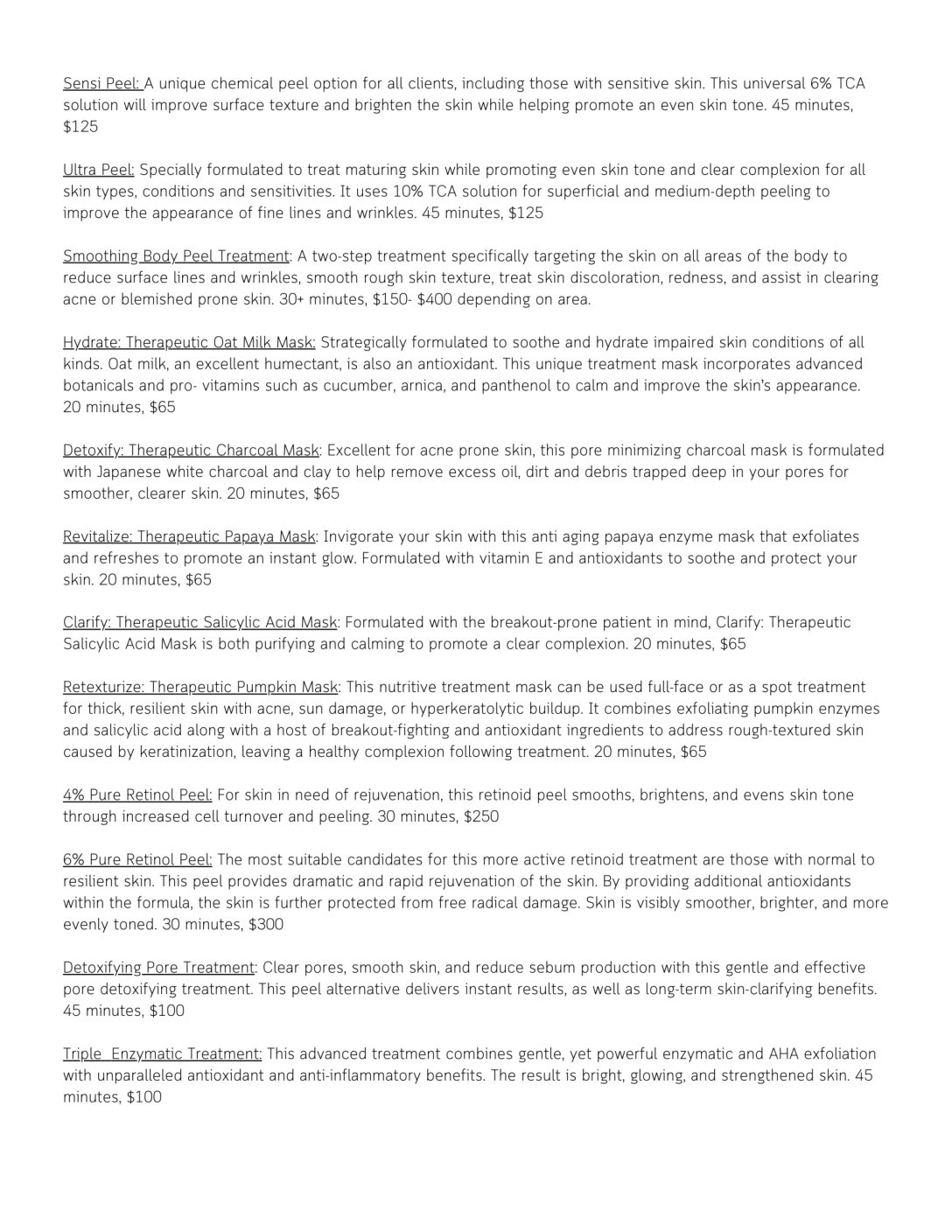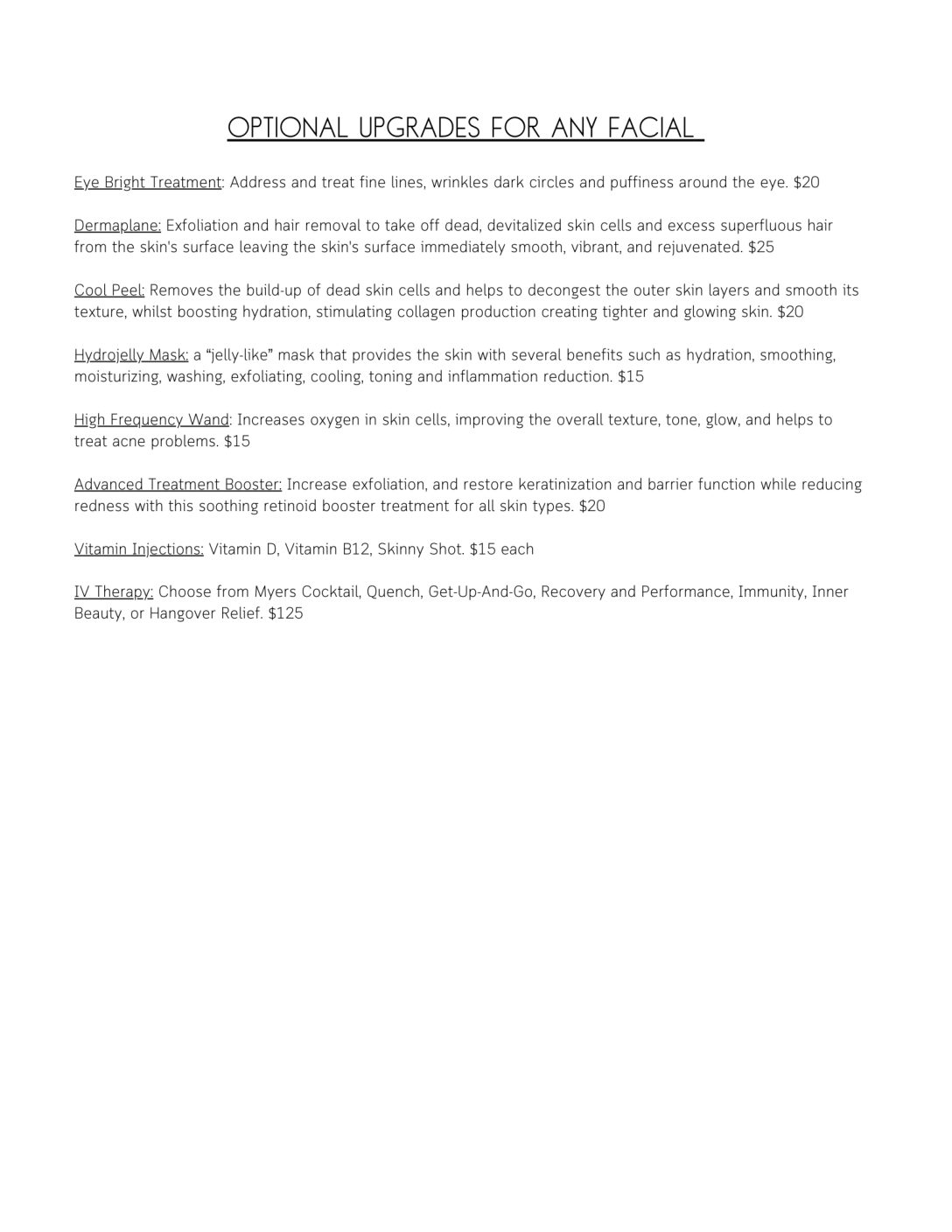Vitamin A is the dominant vitamin of the skin because it has a fundamental role in the control of normal activities of skin cells. Vitamin A is of great importance in controlling normal activities of the DNA of the nucleus of the cell as well as the mitochondria. Current scientific research work is uncovering the complex means by which DNA maintains the normal activities of skin cells. Vitamin A is normally found in the skin predominantly as retinyl palmitate, which is an ester of vitamin
- An ester is the name applied to a chemical group of organic compounds, which consist of a combination of carbon and hydrogen atoms in a chain without any double bonds. As early as 1935 it was pointed out that vitamin A deficiency probably developed in all areas that exposed to the sun. The reason for this is that vitamin A is extremely sensitive to sunlight and particularly to ultra violet light
- With the development of modern sunscreens we are not able to give sufficient protection of the skin from ultra violet A and so vitamin A is still damaged by exposure to light, even when a person is wearing a sun protection factor of 30 or
- In the 1930’s it was postulated that skin exposed to sunlight aged faster than skin that was protected from sunlight. By 1955 it was discovered that the application of vitamin A as retinyl palmitate to aged skin rejuvenates the skin to a small degree. The test period at that time was a mere six weeks. Sigmund Berg showed that people who suffered bad sunburn could be improved by oral administration of vitamin A in high dosage.
Today it is well recognised that the rejuvenation of skin can be achieved by applying vitamin A to the skin, but when one reads about the various types of vitamin A one may be confused as to which type of vitamin A to use on the skin. There are a number of related molecules with vitamin A activity and these are classed under the family name of retinoids.
- The most common form of vitamin A is retinyl palmitate, which is the form of vitamin A that is normal found in livers. It is also found in the liver of fish like halibut, cod and also sharks. Retinyl palmitate accounts for about 80% of the vitamin A found in the
- Retinal or retinyl aldehide. This is the form of vitamin, which is absolutely essential for normal vision, and a deficiency of this vitamin will lead to night blindness in the
- Retinol is the alcohol form of vitamin A. This is the form of vitamin A that is used normally to transport vitamin A from the liver to the tissues. It is bound to certain proteins in the bloodstream, then taken up by the various organs, especially the skin. One must remember that vitamin A is also necessary for the formation of healthy blood cells in the bone
- Retinoic acid is the acid form of vitamin A and has gained great popularity and also notoriety. This is the most irritant form of vitamin A and this is usually only available on prescription from a doctor. It is also known as tretinoin.
There are numerous esters of vitamin A and the most commonly used are retinyl palmitate and retinyl acetate. However, there are also retinyl proprionate and retinyl linoleate. The theoretical advantage of the linoleate is that it is a combination of vitamin A with vitamin F. The esters of vitamin A are less irritant and kinder to the skin and will eventually result as using the more aggressive versions of vitamin A. The reason for this is that in the skin we have enzymes which convert the retinyl esters into retinol and from that the retinol is converted in retinal, that is retinyl aldehide, and from there it is converted into retinoic acid and retinoic acid is the actual chemical that makes the changes in the DNA and cellular structures. However, only a tiny amount of retinoic acid is normally found in the skin. It also seems as though the natural ability to store vitamin A in the skin determines the level of retinoic acid that is found in the cells. In that way one can increase the amount of retinoic acid in the cells by increasing the amount of retinyl palmitate and other esters in the skin.
Another version of vitamin A is beta-carotene, which is the plant version of vitamin A. Under normal circumstances beta-carotene is maintained as beta- carotene and is normally found in skin in fairly high concentrations. In the oriental people the beta-carotene levels are higher than in the westerners. Beta- carotene has the ability to be cleaved into two molecules of retinal. This is the reason why vitamin A deficiency never occurs amongst vegetarians. It is important to remember that vitamin A deficiency is probably the most common deficiency in the world today. It is likely that the … clinical deficiency of vitamin A in skin is also the greatest vitamin deficiency of the skin.
Vitamin A should be used daily, if used during daylight hours it should be accompanied with anti oxidant vitamins like vitamin C, E and beta carotene, so that it is relatively protected from ultra violet light. A reliable UVA sunscreen should be used at the same time in preference to a high SPF ratio cream.
Vitamin A should also be replaced every evening as a topical application to the skin to try and address the daily loss of vitamin A. Because we cannot prevent the damage to the vitamin A in the skin, it is essential to replace the vitamin A each day so that we do not gradually develop the signs of photoageing which are really also the signs of vitamin A deficiency of the skin.






